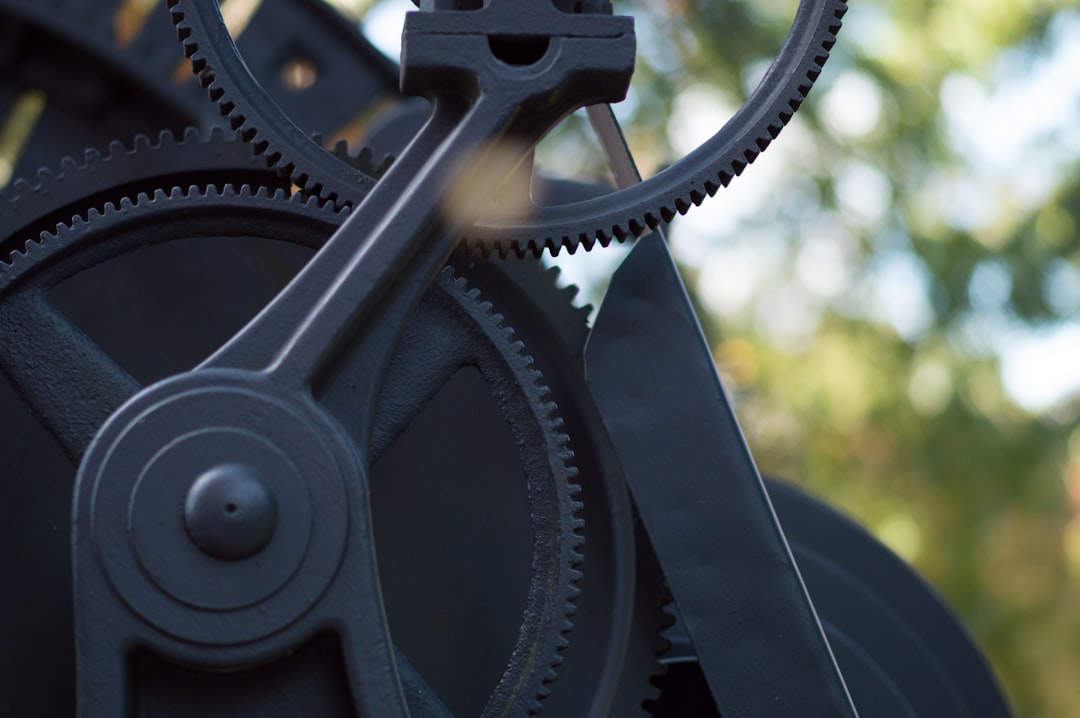What is it about?
In this experimental study some statistical calculations have been made to eliminate quality problems such as undesirable tolerance limits and out of circularity of spherodial cast iron parts during machining. X–R control charts have been constructed on the data obtained from this manufacturing to discover and correct assignable causes, so that the machine capability (Cp) and the process capability (Cpk) can be determined. In order to compare design tolerance on working drawings and attained tolerances on workpieces after machining five mass production lines were set up in a medium sized company. The results obtained from five X–R control charts and the data gathered from all production lines were processed and evaluated. At this stage of the study, it was observed that some parts were oval and out of tolerance limits, machines and processes were insufficient and production was instable.
Featured Image

Photo by Philipp Mandler on Unsplash
Why is it important?
All the activities in this study show that in small or medium sized companies statistical quality control can be useful component of production provided that sufficient finance and qualified personal are utilized. As can be seen from the study accomplished, the statistical quality control and capability method is effective for determining the quality problems and solving the min small and medium sized companies that manufacture parts by machining. In today's competitive market, one of the problems of small companies is insufficient investments and lacking sufficient qualified employee having practical and theoretical knowledge for the job.
Perspectives
Through machining data and follow up studies some assignable causes for faulty workpieces were discovered, and ovalness and out of tolerance limits problems were eliminated. In addition to these developments, surface roughness of machined workpieces was improved.
Prof.Dr. Ali Riza Motorcu
Canakkale Onsekiz Mart Universitesi
Read the Original
This page is a summary of: Statistical process control in machining, a case study for machine tool capability and process capability, Materials & Design (1980-2015), January 2006, Elsevier,
DOI: 10.1016/j.matdes.2004.11.003.
You can read the full text:
Contributors
The following have contributed to this page










